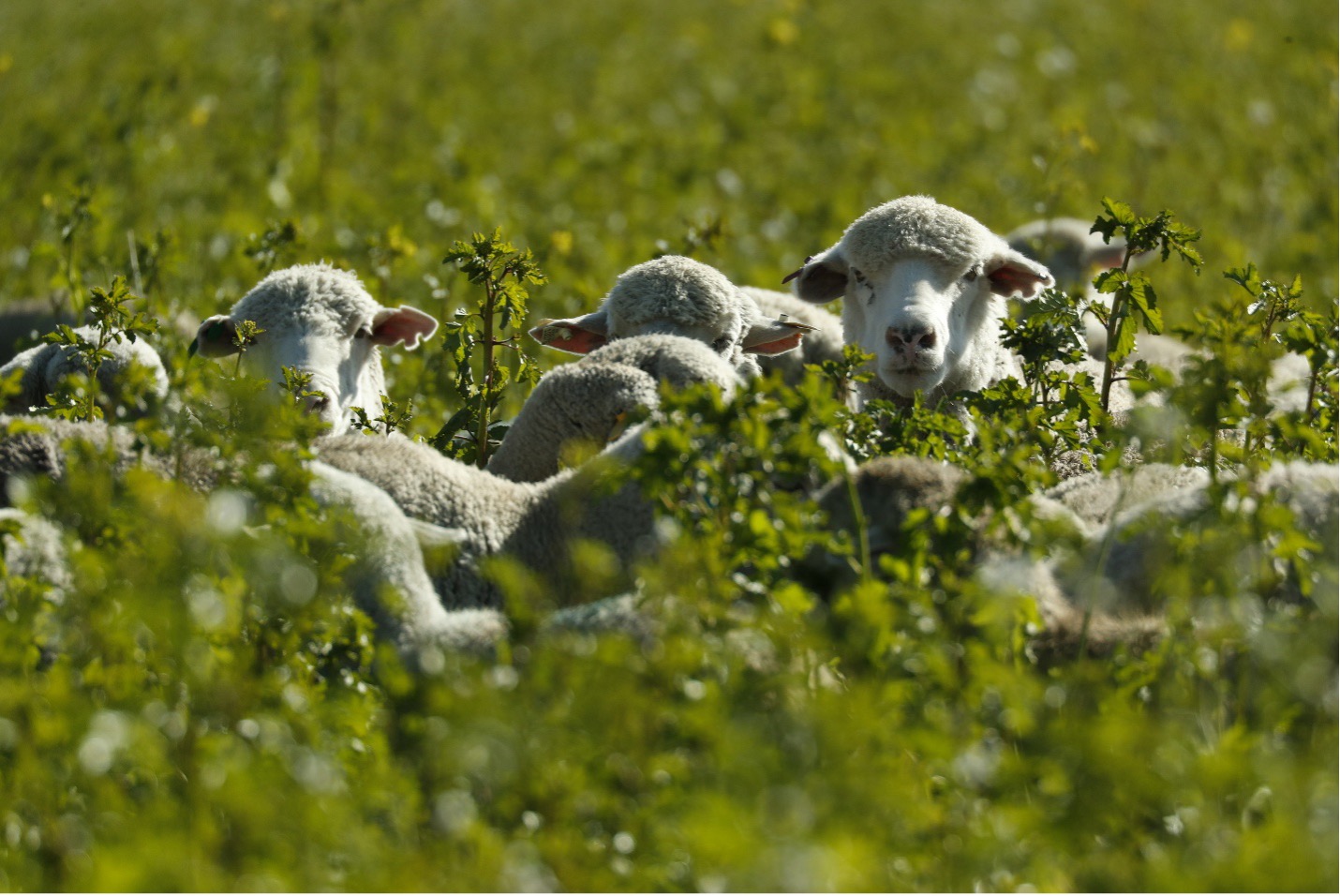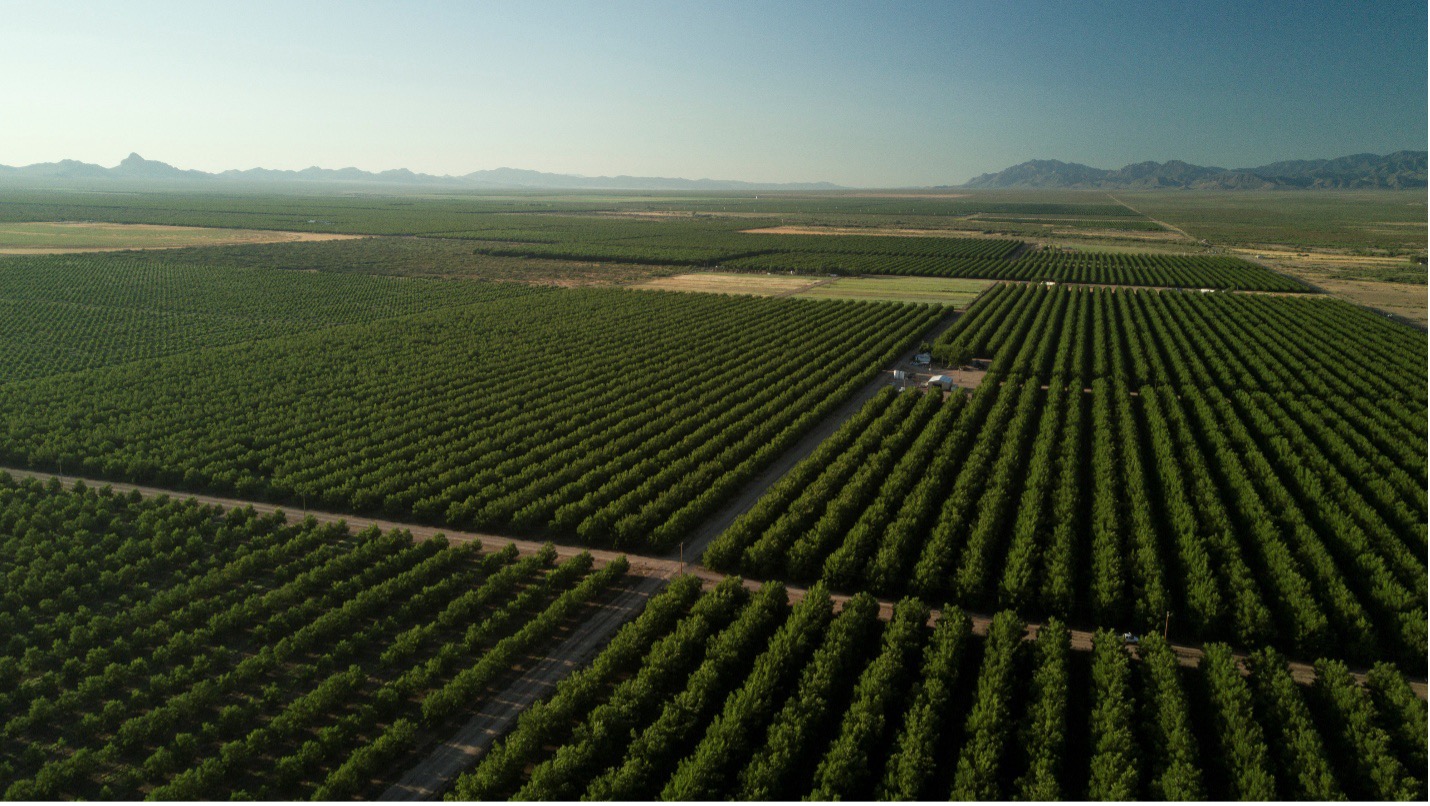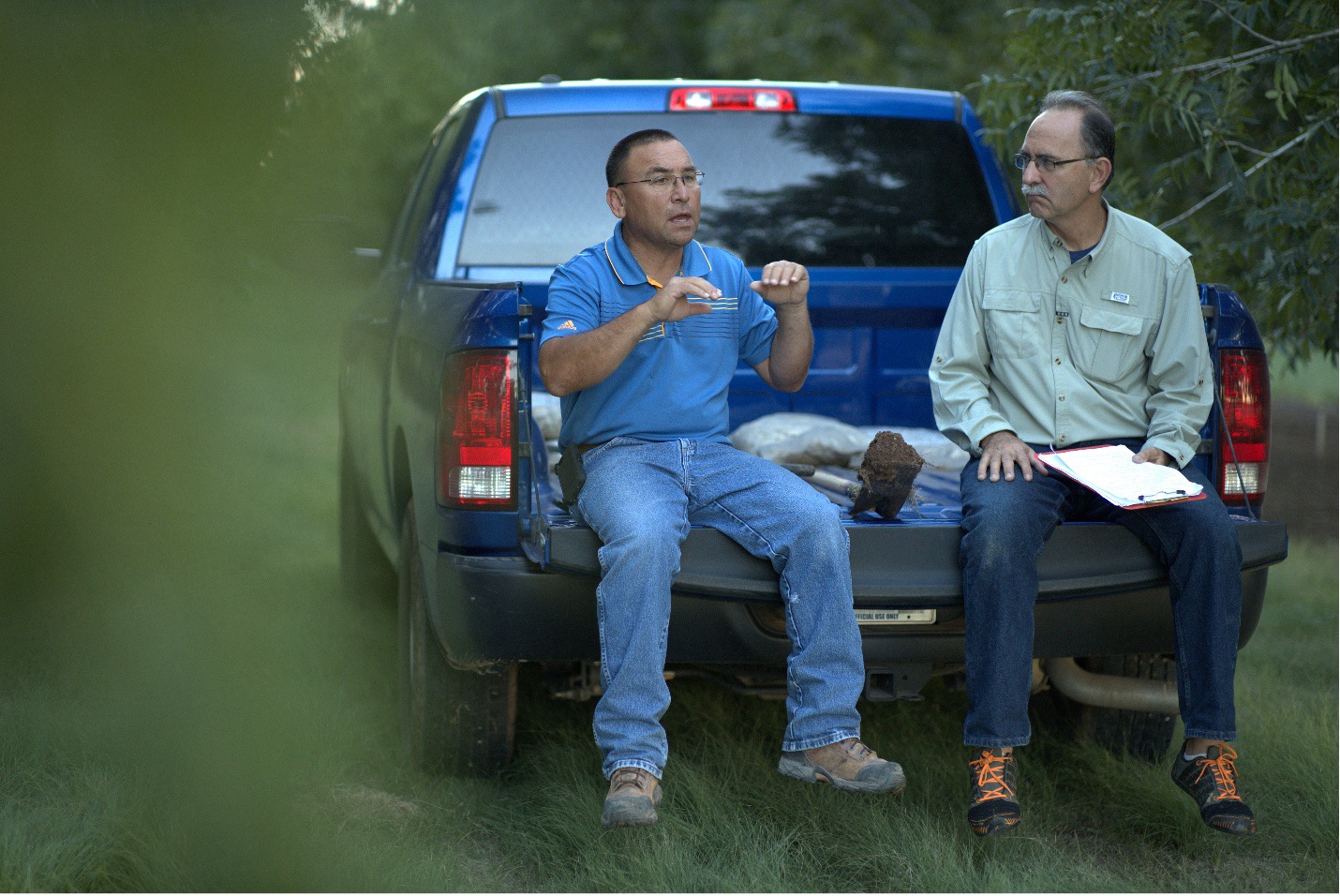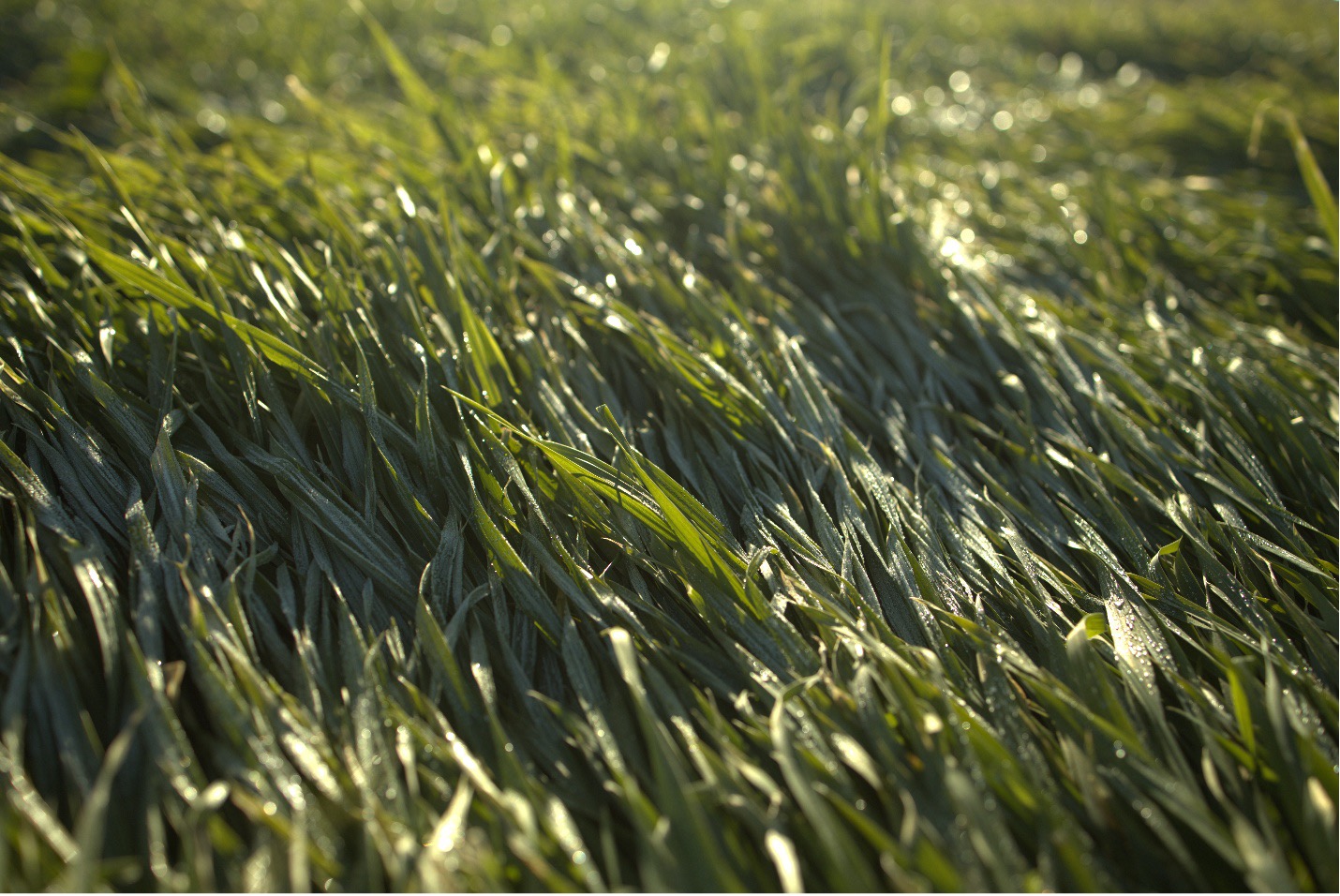How the Harrisons Use Cover Crops to Revive Greenville County Soil


Bryant and Margaret Harrison of Greenville County, SC first used cover crops hoping to control erosion, but they couldn't ignore the other benefits that came with it. The Harrisons found that cover crops not only resulted in increased water infiltration and retention, but also helped build their soil organic matter and reduce weeds. By rotating their cover crops with the seasons, they work with nature rather than against it to enrich their soil biology.

Bryant and Margaret Harrison co-own H & G Produce, a family-owned farm established in 2012 that provides a variety of vegetables to the public and to local businesses. On their property, they farm multiple vegetables, row crops, and some hay. They first signed up to plant cover crops with Soil Health Labs in 2017, prior to which they had already been experimenting with some cover crops on their land.
“When we started out, we planted some cover crops and then we planted sweet potatoes behind them, and it did well,” says Bryant. “Over the years, being an older farmer, we used to plant Sericea Lespedeza and all those kinds of things as a cover crop, primarily to control erosion we thought at that point, but at the same time we were building up the soil. The biomass increased and it worked well. So, when I heard about this program, I thought, I'm game for it.”

Before beginning the Cover 5 project, each farmer involved was asked to show their worst-performing plot of land, up to 5 acres. For those still farming conventionally, this bold approach to try a new technique on poorly performing soil may appear to be destined for failure. But for the Harrisons, they found that the implementation of cover crops allowed them to bring some of their worst soil back from the brink.
“My neighbor described it as our ‘poor-ass land’ and the name kind of stuck,” says Bryant. “But at any rate, we weren't able to grow anything on that piece of soil. So now that we've planted the (cereal) rye in it, it’s coming along. The soil is not completely healed, but it is improving by having planted the rye. I'm just looking forward to a few years down the road when that may be our choice piece of property.”

One fallacy about cover cropping is that you need to purchase expensive or specialized equipment to roll your covers down. Bryant Harrison encourages farmers to be more aware, innovative, and present in their approach to rolling down their cover crops.
“I just so happened to be riding along the road one day and a guy had a big junk pile. I saw this thing that looked kind of like a cultipacker but not really, but it has the blades on it that will chop and break up the plants even more,” says Bryant. “I'm going to experiment with it a bit. I want to roll some of it with the cultipacker, and some of it I'm just going to come through with the conventional grain drill. Later on I'll be able to determine where we get a better stand and go from there.”
It was raining on the day we spoke to the Harrisons, and he expressed that the rain was also assisting in rolling down the crops. By using what you have and what you find, farmers won’t need to break the bank to begin cover cropping. Local resources, existing equipment and even weather conditions can all be used to suppress a cover crop layer so that it may be planted into. Further, cover crops are not only meant for cool seasons. When moving from cool into warm seasons, the Harrisons intend to roll down their current cover and plant a mix of sunflower, millet and milo that all do well in the summer. Then, to continue adapting to the seasons, they aim to plant collards in the fall.
“That way you can protect the soil from erosion in the winter and build the soil, then in the summer you can protect it by reducing the weeds,” says Bryant. “There are almost no weeds in this soil at this point, so if we can get no-till soil with no weeds to start with, then we’re better off of course if the weeds don't come up. Then they can't make seeds so next year you'll have even less and less as time goes on.”

On the Harrison property, cover crops have not only helped build up organic matter and reduce weeds, but they have also helped increase water infiltration. Where the Harrisons live, the soil can be prone to dryness, and cover crops have provided soil protection to keep moisture from evaporating.
“As much as I like to ride the tractor, you know, it's nice to be able to do it once or twice, or do it at my discretion, as opposed to fighting the elements of the weather and everything else,” says Bryant. “When you cover crop, the moisture content in the ground remains more constant because you've got cover as opposed to it being bare ground that dries out.”
The Harrisons are also enrolled in the EQIP program with the NRCS in Greenville County.
“We've been working with NRCS to put another cover crop in,” says Margaret. “I'm getting ready to roll it down as well. That way we can get something out of some soil that has been sitting idle for a while.”

Margaret has served as the co-chair of the Farm Bureau Women Committee and as an advisor for the USDA FSA committee of Greenville/Pickens County. Margaret also serves as a member of the Upstate Forever Land Trust Committee.







